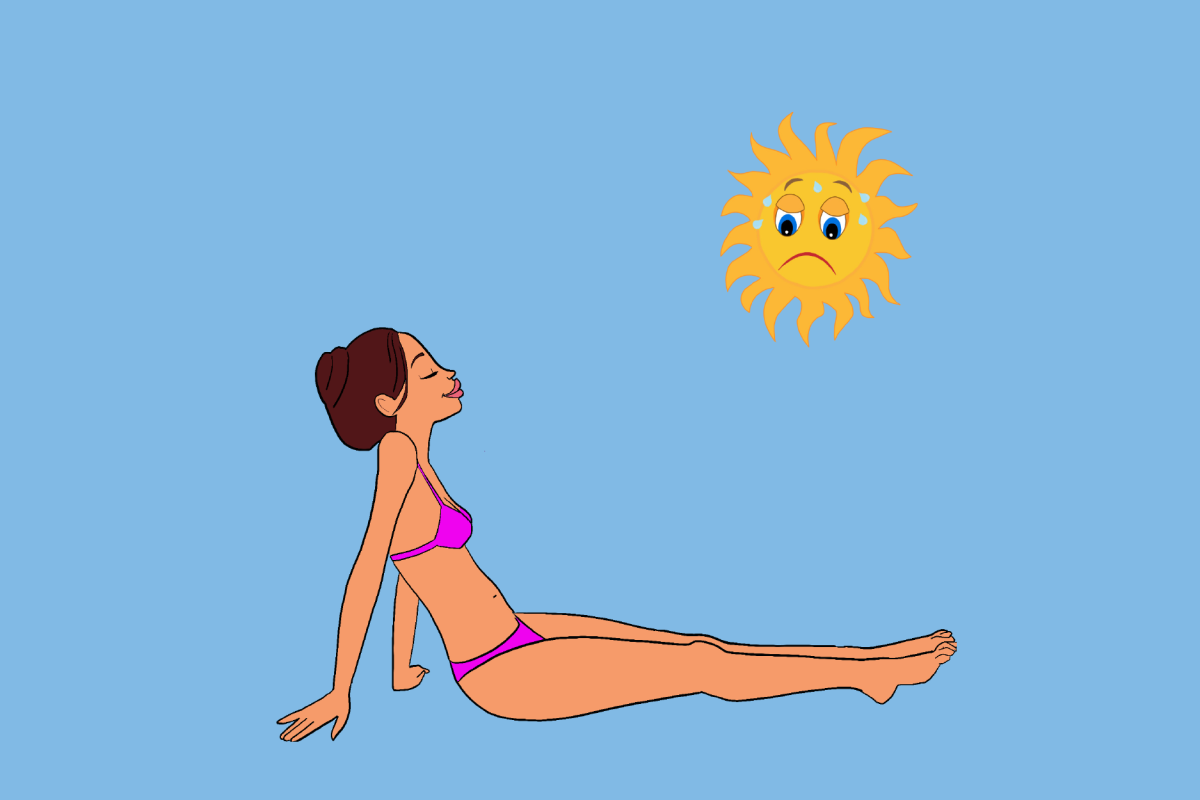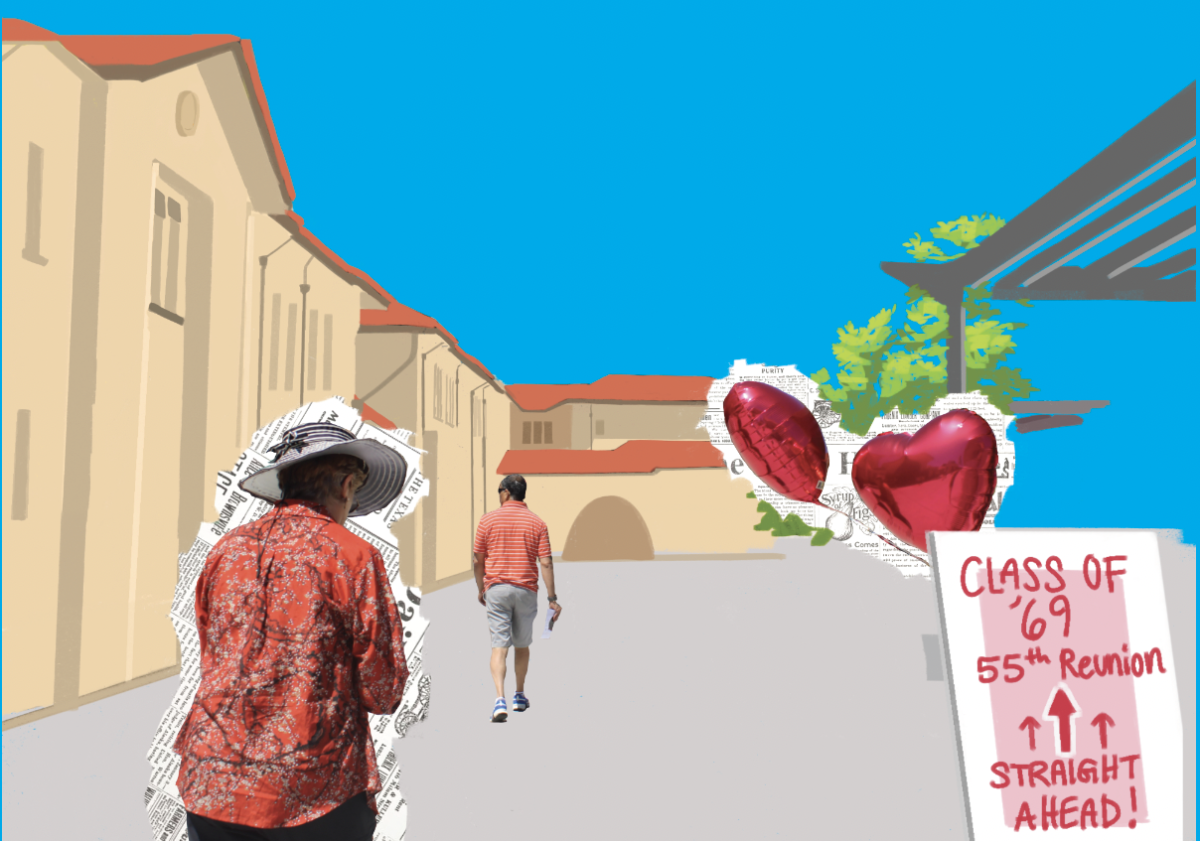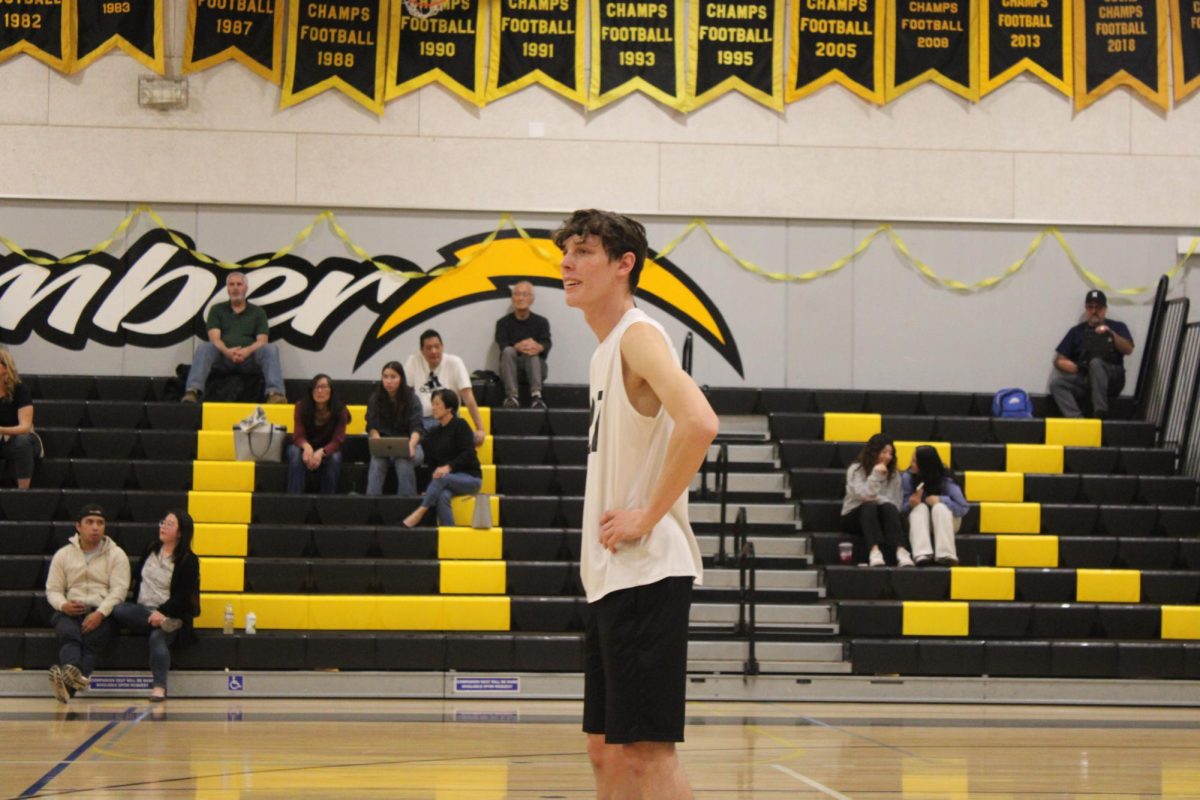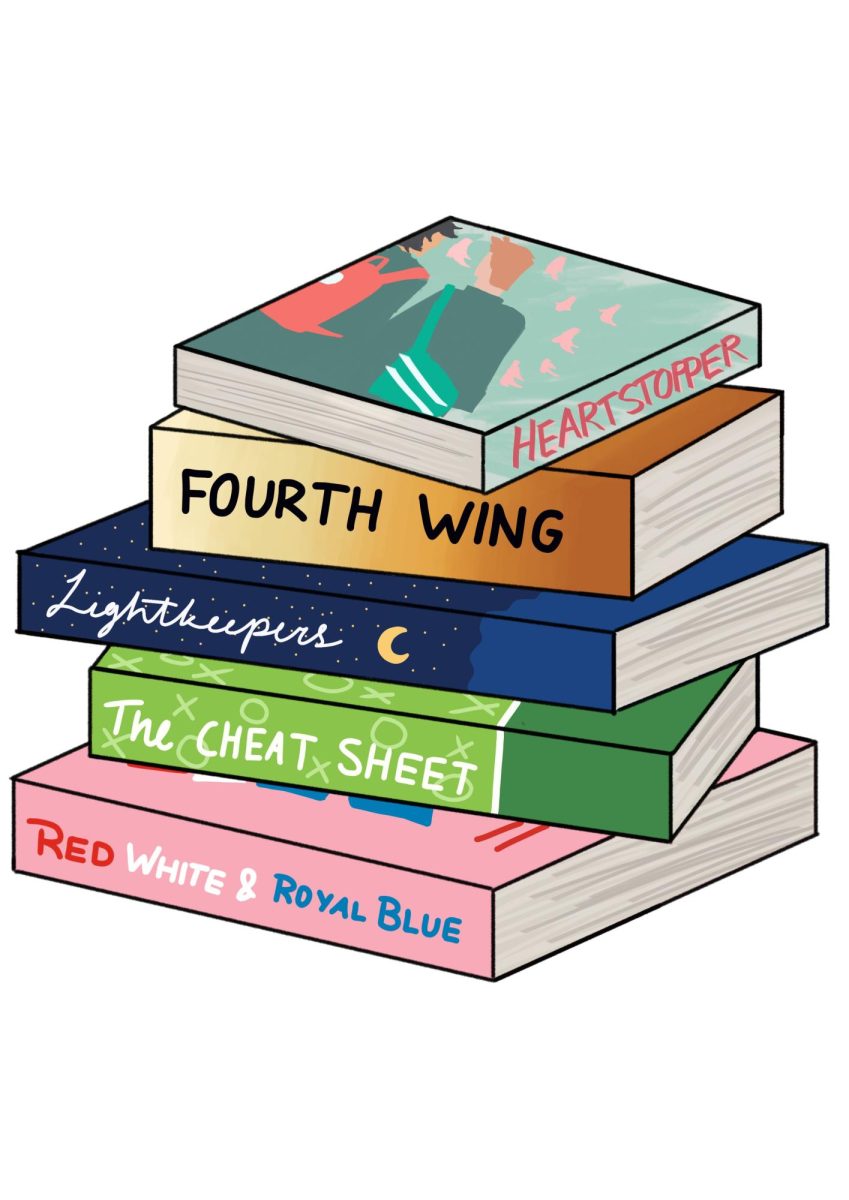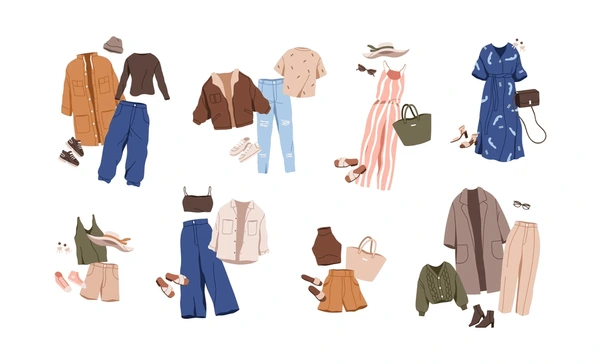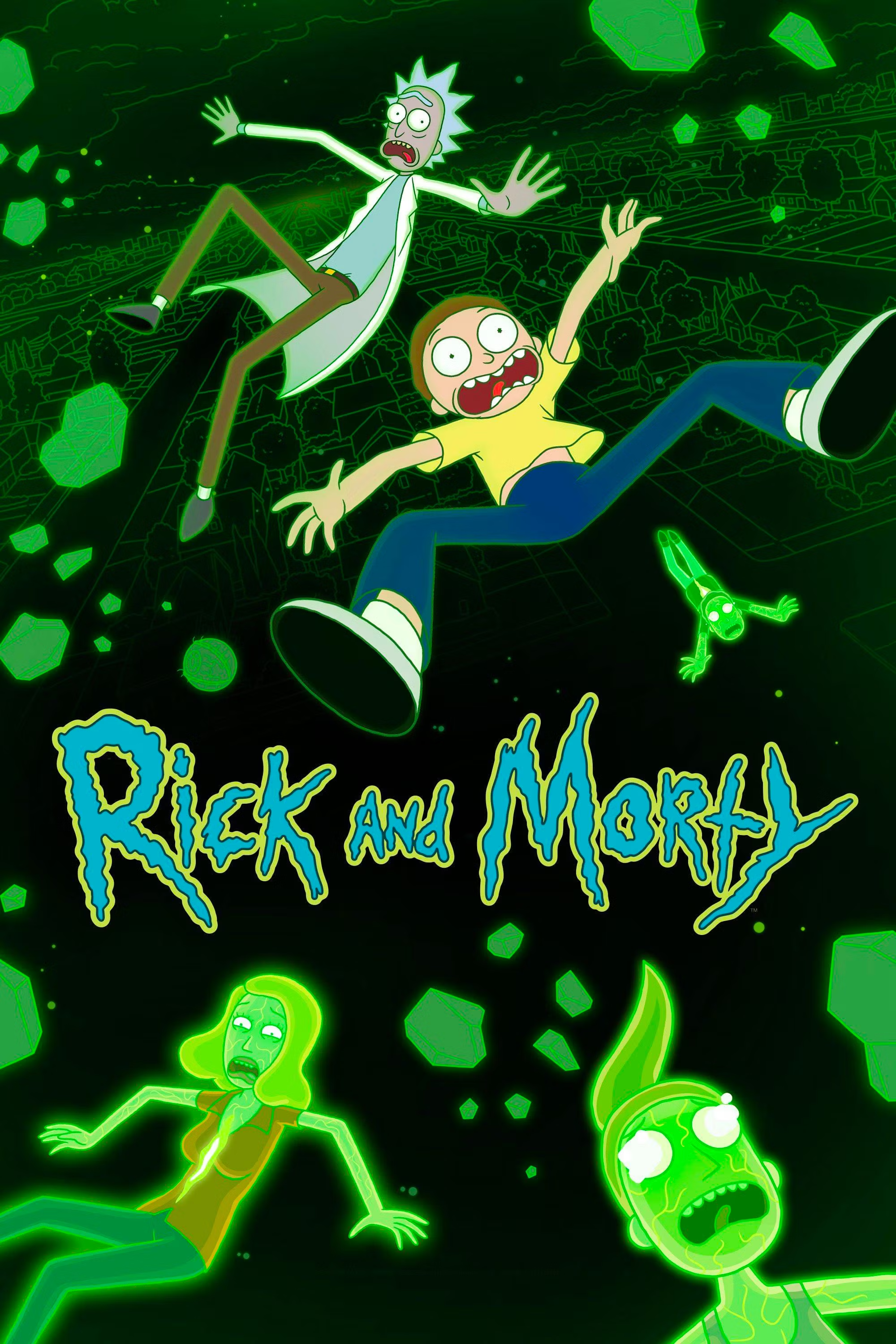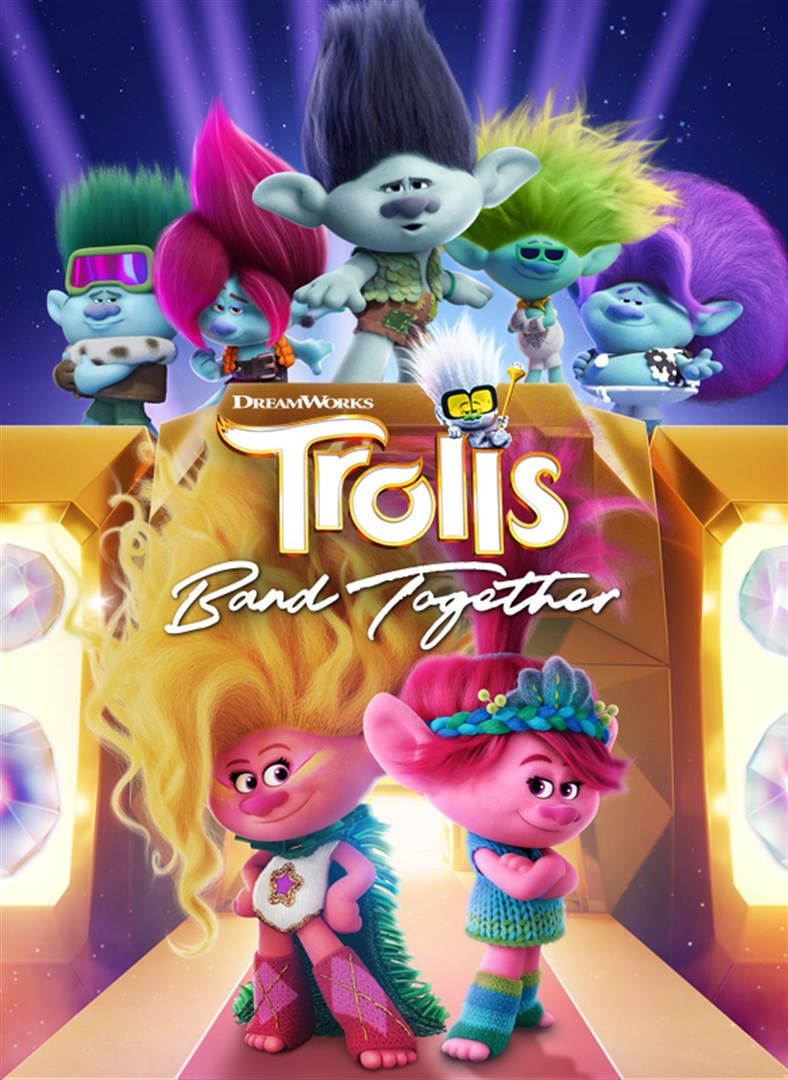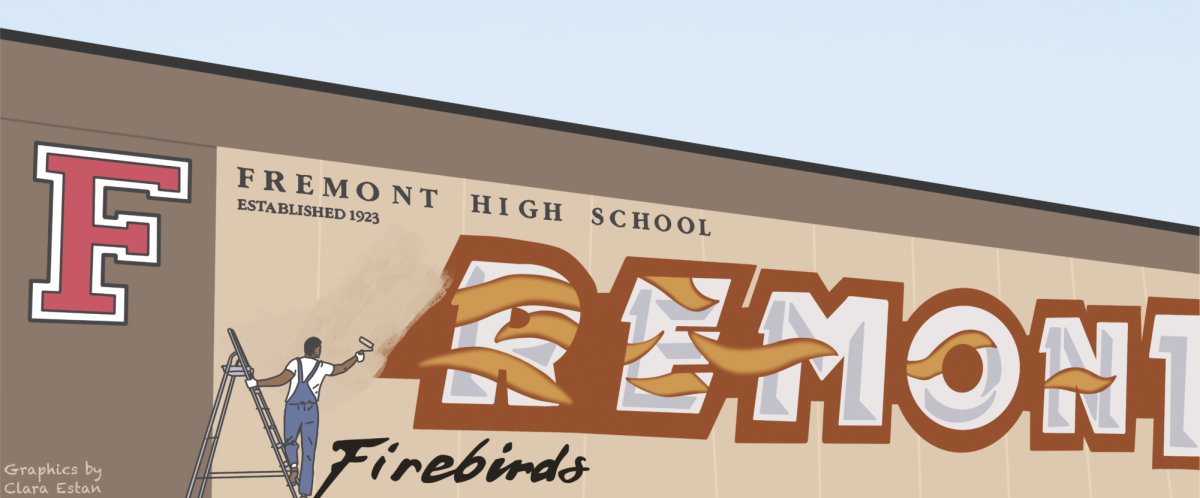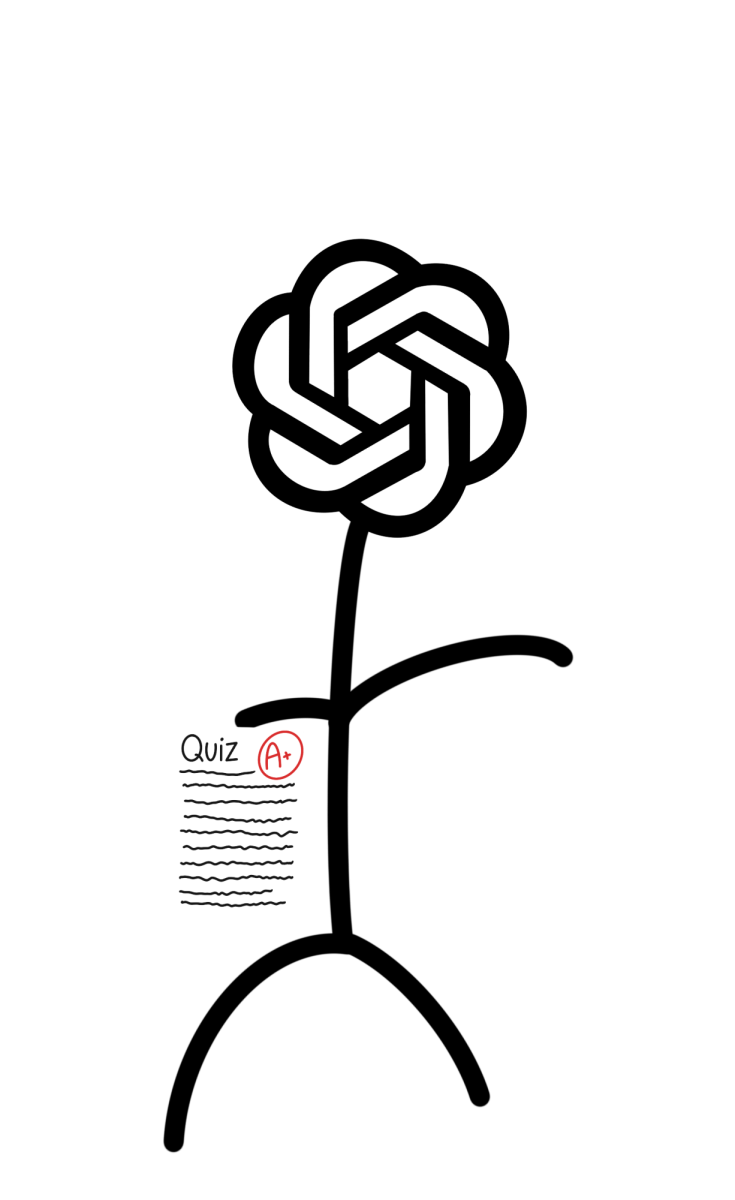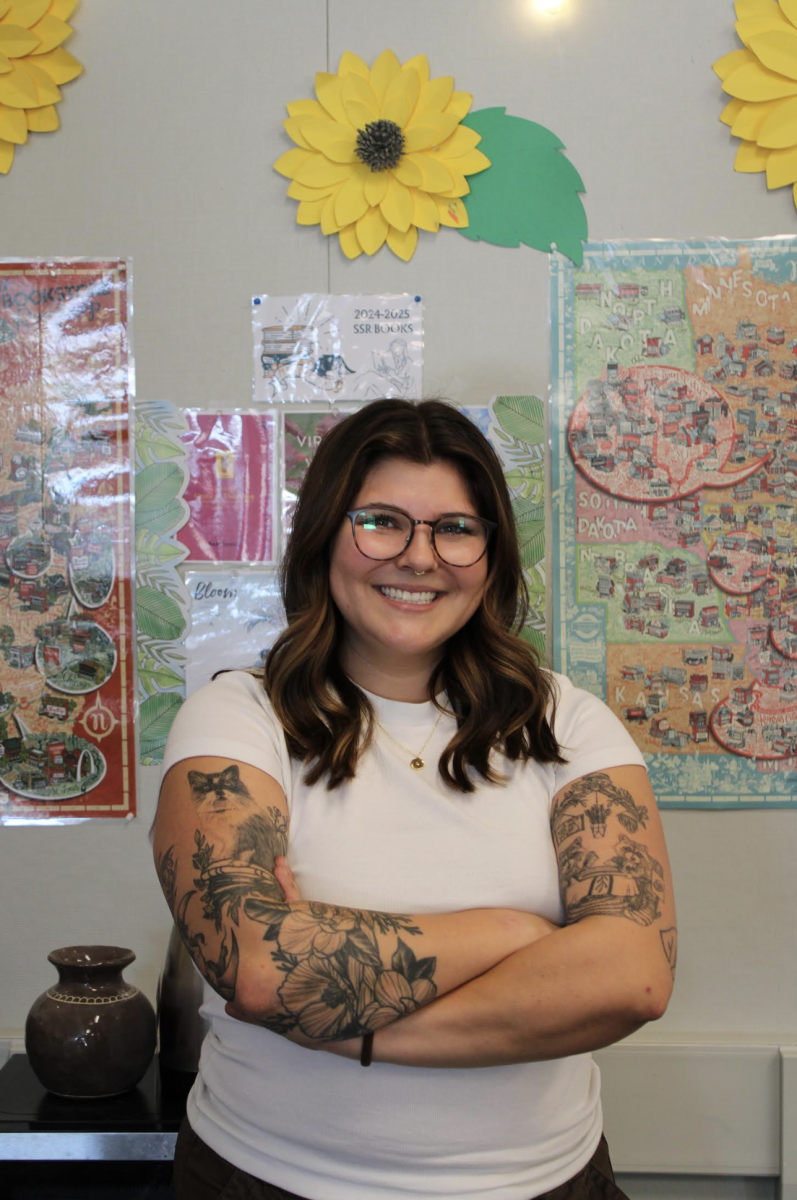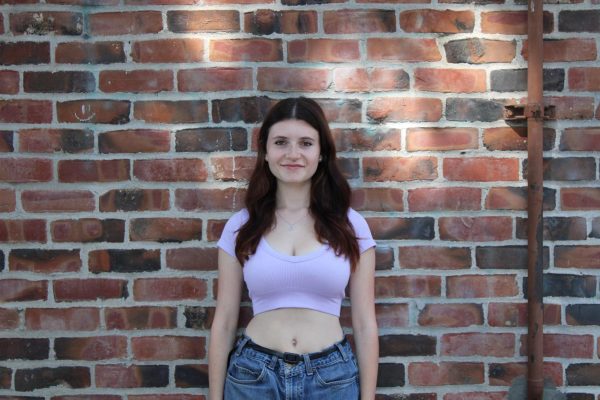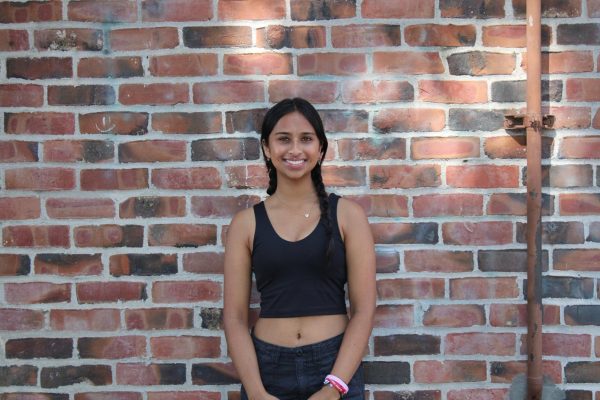As the nights get longer and the days get shorter, California’s weather is shifting from daily Sunshine to gloomy mornings and freezing nights. This year specifically, the UV levels are at an all-time low, with highs in Sunnyvale reaching just 3 milliWatts per square meter during [month].
The UV Index value is determined by dividing the dose rate (milliWatts per square meter) by the standard of 25 milliWatts per square meter. This results in a number that usually ranges from 0 (where there is no Sunlight) to around 13 or 14.
In both Sunnyvale and the Bay Area, the UV levels are at a record low, despite the amount of Sun that people may feel. Specifically, this affects one major group of high schoolers who are used to taking advantage of the Sun’s rays – those who tan. Sun tanning is a process in which people use the Sun’s rays to darken their skin color, a passive recreational activity that is enjoyed by many at FHS. When tanning, melanin can protect the skin from UV rays by releasing pigments that darken the skin. This protects it from future exposure to radiation from oxidative stress, leading to an overall color change in skin exposed to the Sun (National Library of Medicine, 2011).
“In general, I prefer sunny days,” FHS senior Elina Shehni said. “Right now with this weather, the UV is way too low for any tanning. It’s frustrating because I feel like I look very sick and diseased when I’m pale and there’s no options for me.”
In addition to the inability to tan, the lack of UV rays also correlates with a dip in happiness in the winter season. A study published by the National Library of Medicine shows the improvement of Seasonal Affective Disorder (SAD), also known as seasonal depression, with the use of ultraviolet-A wavelengths. By spending time in the Sun, students can improve their mood significantly, also getting a boost of Vitamin D.
“I think tanning is a huge addition or a huge factor of my happiness and because I’m not able to tan anymore because of the low UV, I’ve fallen into my seasonal depression,” FHS senior Kaydynn Roberti said.
To make up for the inability to tan, some students resort to other methods that emulate the effect of the summer Sun. Despite the utility of fake tanning and Suntan lotion, however, the benefits of vitamins from the Sun are hard to replace.
“In the summer I usually go out by the beach or out like swimming with my friends,” FHS senior Nina Behrens said. “I’ve never tried to tan in the winter just because the UV is usually low, so that’s why I fake tan. But I’d rather be out in the Sun and getting UV rays instead of fake tanning.”


